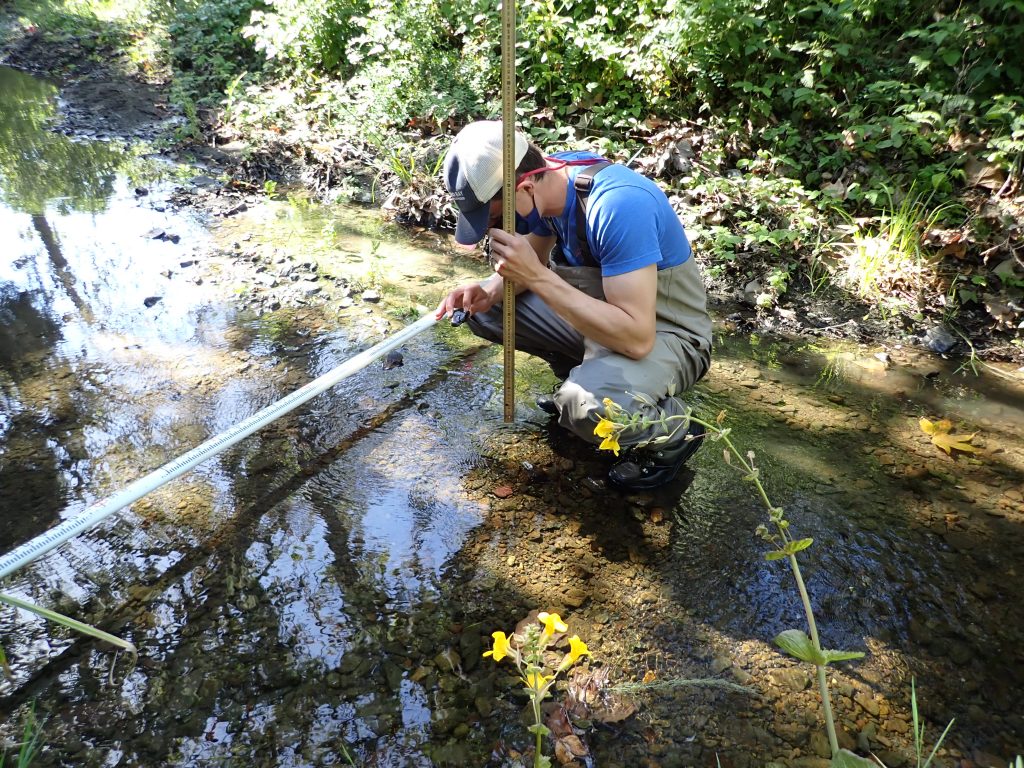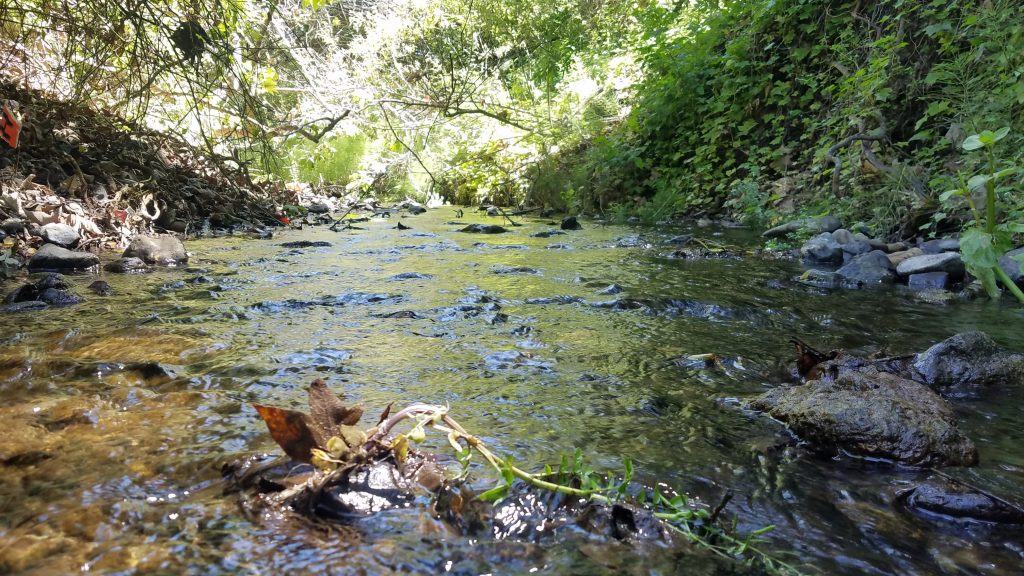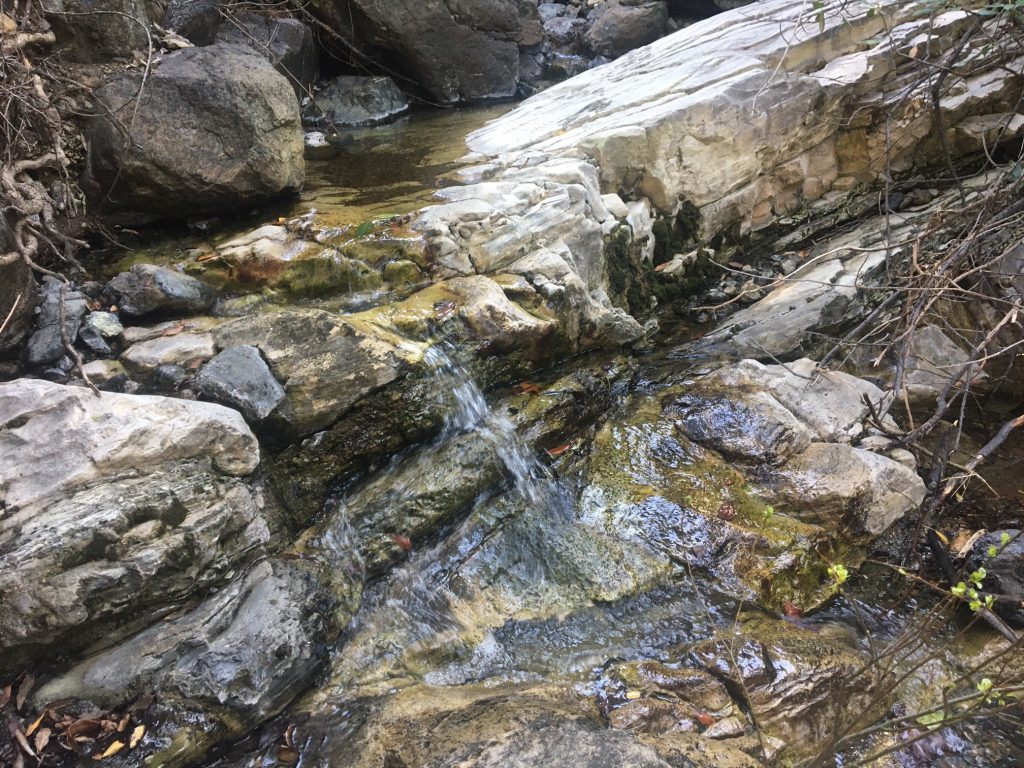Read each month’s Field Updates post to see what our Monitoring Team have been up to.
Updates on the Volunteer Monitoring Program
As of March 2nd 2021, San Luis Obispo County moved from the purple or “Widespread” tier back into the red tier. The Morro Bay National Estuary Program’s current COVID-19 Safety Policy allows for volunteer monitoring when the San Luis Obispo County risk level is at or below the red tier designation, as outlined by COVID19.ca.gov. As such, the Estuary Program has slowly begun inviting back volunteers in a limited capacity.
We have coupled this change with additional safety precautions and augmented protocols to ensure the safety and well-being of volunteers and staff, such self-screening for COVID-19 symptoms, keeping adequate social distance, and wearing a mask and gloves.
Volunteers are also encouraged to get vaccinated when they become eligible. You can find more information on COVID-19 vaccination eligibility at myturn.ca.gov.
We are thrilled to welcome volunteers back after nearly a year. However, the Volunteer Monitoring Program will not be training any new volunteers until it is safe and feasible to do so. This being the case, the Estuary Program will not be inviting volunteers for our annual spring bioassessment surveys until 2022. Instead, the bioassessment season will be conducted by a limited number of trained staff, similar to the way we conducted the 2020 bioassessment season.

Scouting Sites for Bioassessment
A lack of flow and high temperatures in the Morro Bay watershed has fast-tracked our spring bioassessment season start date to mid-April, instead of our typical start-date in mid-May. With this start-date approaching quickly, Estuary Program staff have been coordinating and scouting out potential sites for the 2021 season.

Prior to conducting bioassessment surveys, Estuary Program staff need to scout out each site for feasibility, site conditions, and general macroinvertebrate distribution. Given the still-present concern around COVID-19, staff also keep a close eye on whether or not they can maintain social distance while surveying certain segments of the creek. Sites where maintaining adequate social distance is not possible may be excluded from the 2021 survey.
During a typical day of bioassessment site scouting, staff walk the 150-meter stretch of creek that they plan to survey, flip over rocks to look for macroinvertebrates, and take lots and lots of photos.
![] This photo shows a picture of a free-living caddisfly found during a bioassessment site scout on Chorro Creek.](https://www.mbnep.org/wp-content/uploads/2021/04/20210330_CER_caddis-1024x768.jpg)
During the 2021 season, the Estuary Program hopes to survey a new site toward the upper portion of Pennington Creek. Staff scouted this site last month to find lots of great habitat, and cool, clear water. We may use this location as a reference site, to compare to more impaired waters downstream.

For more information on the results from last year’s bioassessment effort, be sure to check out this blog post.
Upcoming Field Updates Posts
Estuary Program staff have a busy month ahead. We will begin the 2021 bioassessment season, continue monitoring eelgrass, and conduct routine water quality and bacteria monitoring.
Be sure to stay tuned for next month’s field updates post, by subscribing to our blog.
Help protect and restore the Morro Bay estuary
- Donate to the Estuary Program and support our work in the field, the lab, and beyond.
The Estuary Program is a 501(c)3 nonprofit. We depend on funding from grants and generous donors to continue our work. - Support us by purchasing estuary-themed gear from the locally owned and operated ESTERO. ESTERO donates 20% of proceeds from its Estuary clothing line and 100% of Estuary decal proceeds to the Estuary Program. Thank you, ESTERO!
- Purchase items from the the Estuary Program’s store on Zazzle. Zazzle prints and ships your items, and the Estuary Program receives 10% of the proceeds. Choose from mugs, hats, t-shirts, and even fanny packs (they’re back!) with our fun Estuary Octopus design, our classic Estuary Program logo, or our Mutts for the Bay logo.
Thank you for your support!